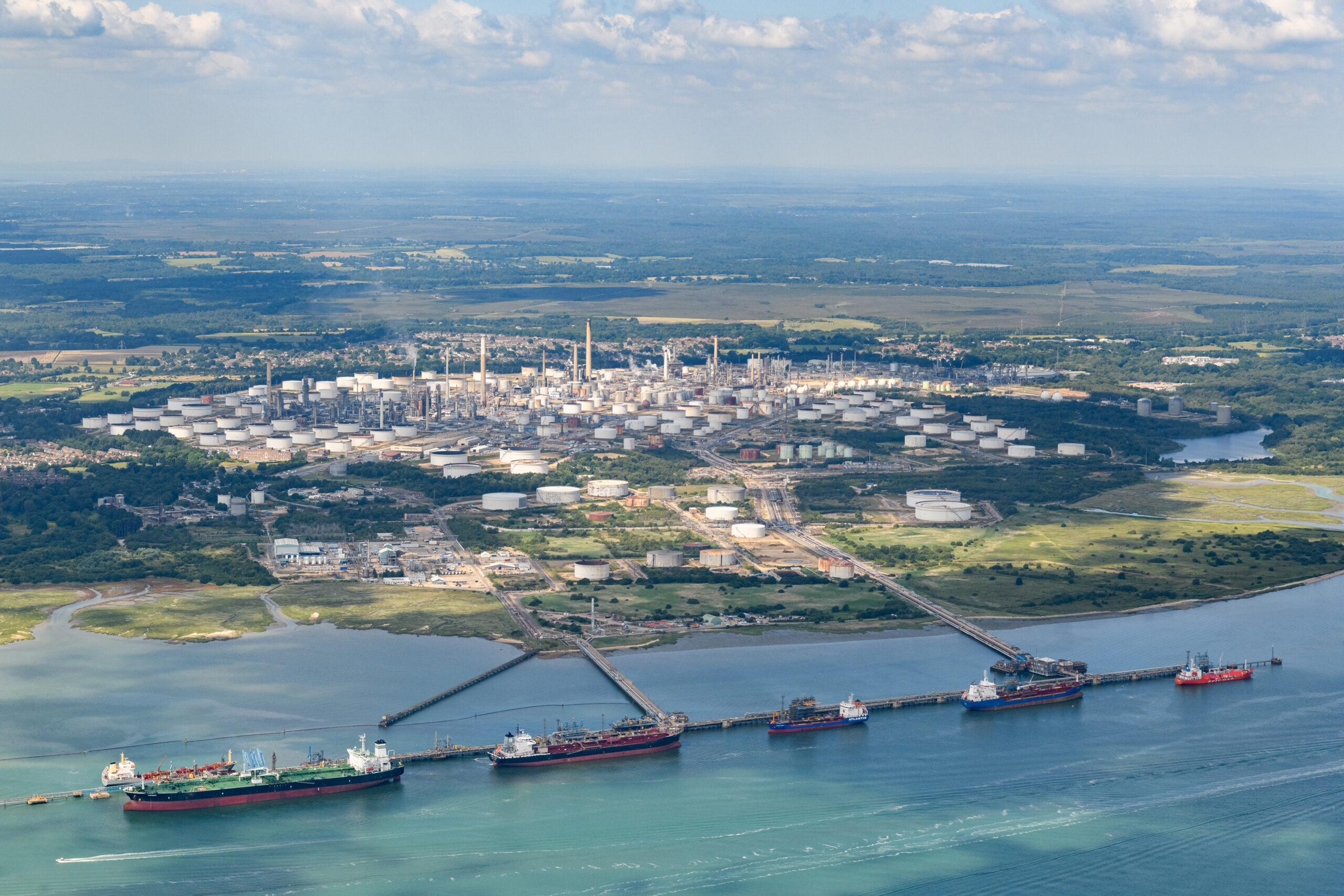Socioeconomic Report Notes
Page footnotes
- According to data from the NAEI large point source database; ‘direct emissions’ refers to emissions from point sources at the sites (ie, Scope 1 emissions)
- UK Low Carbon Hydrogen Standard, April 2023
- Using a type 1 FTE multiplier of 5.11 from the ONS for SIC code 19 (Manufacture of Coke And Refined Petroleum Products) which is consistent with the Blue Book estimates.
- Levelling Up the United Kingdom: Executive Summary (publishing.service.gov.uk)
- Enabling Skills for Industrial Decarbonisation Supply Chain – IDRIC
- Low Carbon Skills Report – Solent LEP
- According to data from the NAEI large point source database
- Fawley Refinery and Petrochemical Plant
- Only direct emissions were used to compute Figure 5. Thus, indirect emissions (for example, linked to electricity consumed, or to the construction of the plants) are not considered in the graph.
- In US$ 2022 prices, £360 million
- Assuming 50% expenditure on materials vs labour and 10% materials from within UK
- Assuming electrical power generation of 1 kWe from green hydrogen costs £1,500 in CapEx with a 58% efficiency
- Statistics at DfT – Department for Transport
- Assuming each bus has a vehicle efficiency of 0.067 kg H2/km and a range of 100-150 km/day – Environmental Impacts and External Cost Benefits of Fuel Cell Buses
- Southampton Water | SGN
- Assuming natural gas emits 0.2 kgCO2e/kWh and the total CO2 emissions from Solent hospitals is 43.6 ktCO2/year (NAEI large point source emitters, 2020). This would require 218 MWh/year hydrogen energy to replace all natural gas demand from these hospitals. Other hospitals not considered in this analysis include the Royal South Hants Hospital, Fareham Community Hospital, Ravenswood House Hospital (mental health), Lymington New Forest Hospital, Gosport War Memorial Hospital.
- Havant Borough Council – Climate Change and Environmental Strategy
- Portsmouth City Council Climate Change Strategy
- Southampton City Council – Net Zero Strategy Consultation Strategy
- Port of Southampton targeted for a flag-ship UK hydrogen hub
- New Forest District Council – Greener Housing Strategy
- Cleaner Air for Southampton, Associated British Ports
- ABP Sustainability Strategy; Scope 1 and 2 emissions
- IRENA, Decarbonising shipping, 2021
- Heathrow sustainability report, 2022
Page 19 Notes
i – Economic analysis undertaken by ERM on behalf of ExxonMobil. Economic improvements, such as GVA and job creation, are calculated from the investment figures by UK input-output tables and various business surveys produced by the Office of National Statistics (ONS). The macroeconomic model considers sectoral import/export statistics, average annual wages and division between direct and indirect impact.
ii – Basis: Assumes retrofit installation of a carbon capture plant with CO2 capture efficiency of 95% and assumed availability of 95%.
iii – Basis: Assumed construction of 1.4 GW H2 plant, 200 KTA SAF plant both with operational availability of 90%, and CO2 capture plant at Marchwood ERF facility, with operational availability of 95%. H2 plant uncaptured direct emissions of 17.75 tonnes CO2 / hour resulting in 2.66 million tonnes per annum of CO2 to storage, SAF plant uncaptured direct emissions of 34 t CO2/ hour resulting in 0.79 million tonnes per annum of CO2 to storage. Comparison against calculated baseline of Solent area emissions leads to 42% reduction in direct emissions for the Solent area.
iv – Basis: Assumed 7400 miles driven per annum at 138 g CO2eq/km. Assumed 2900 kWh/year energy usage per household.
v – Basis: Methanol production from Solent SAF plant assumed to be 473,000 tonnes per year. Assuming Heavy Fuel Oil (HFO) emits 83.8 g CO2-eq/MJ
(Source: IRENA), and that methanol energy per mass unit is 20.1 MJ/kg (Source), and that methanol provides 90% reduction of emissions in comparison
to HFO (IRENA), this leads to avoided emissions calculated at 717 tCO2eq/year.
